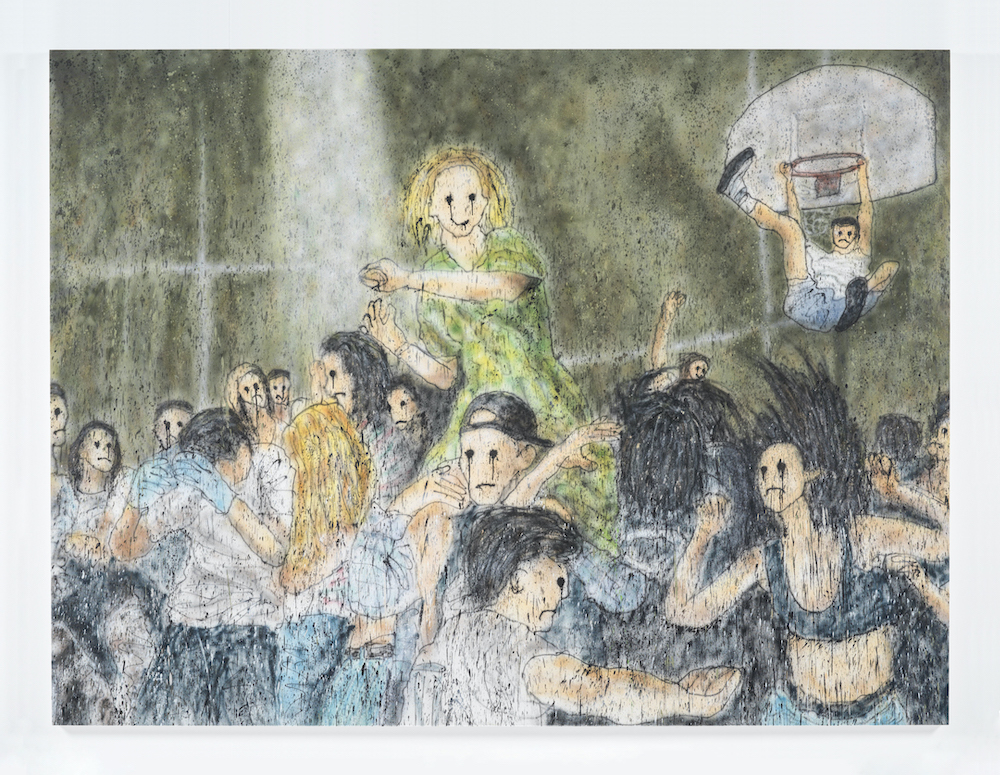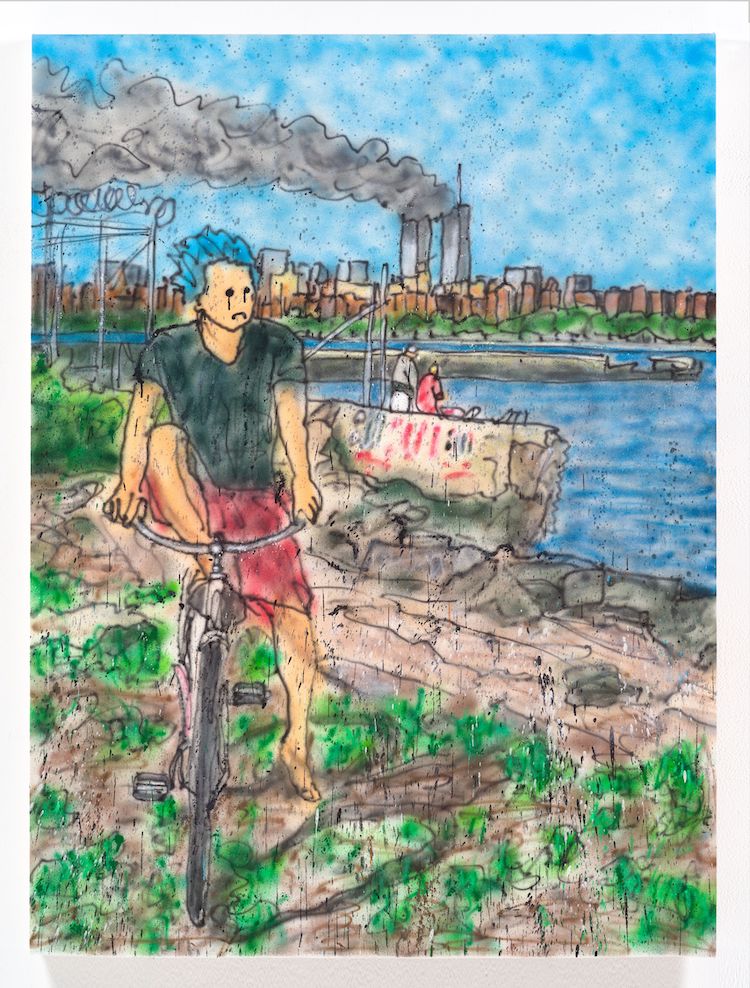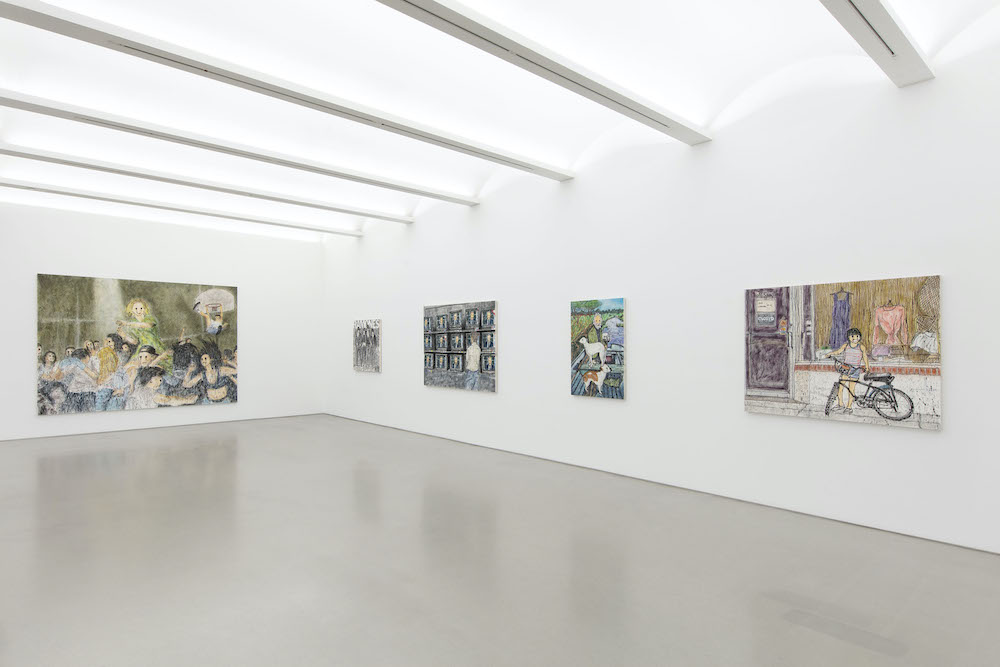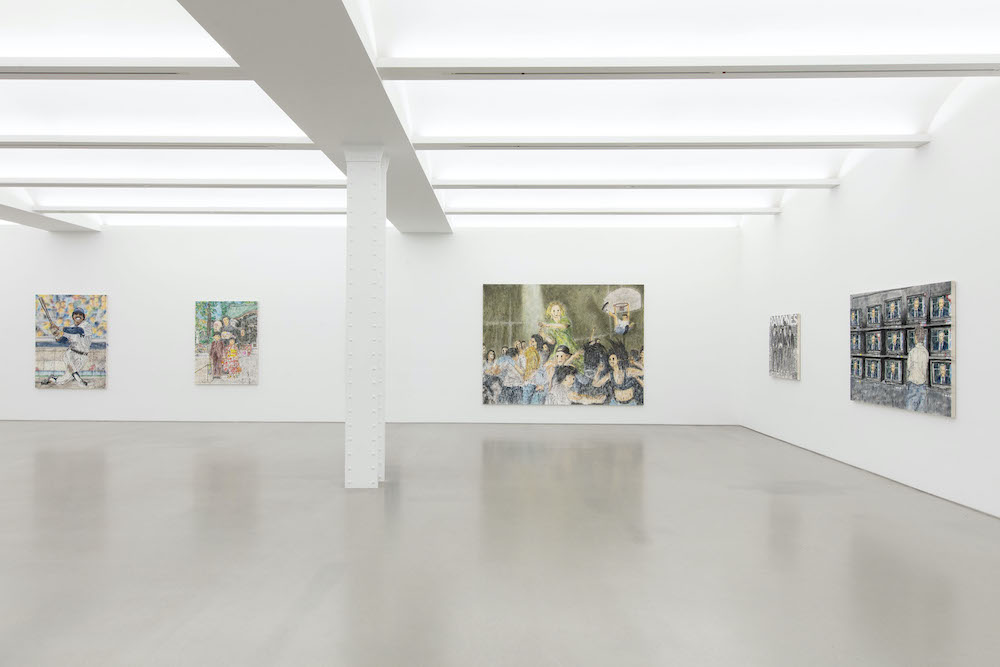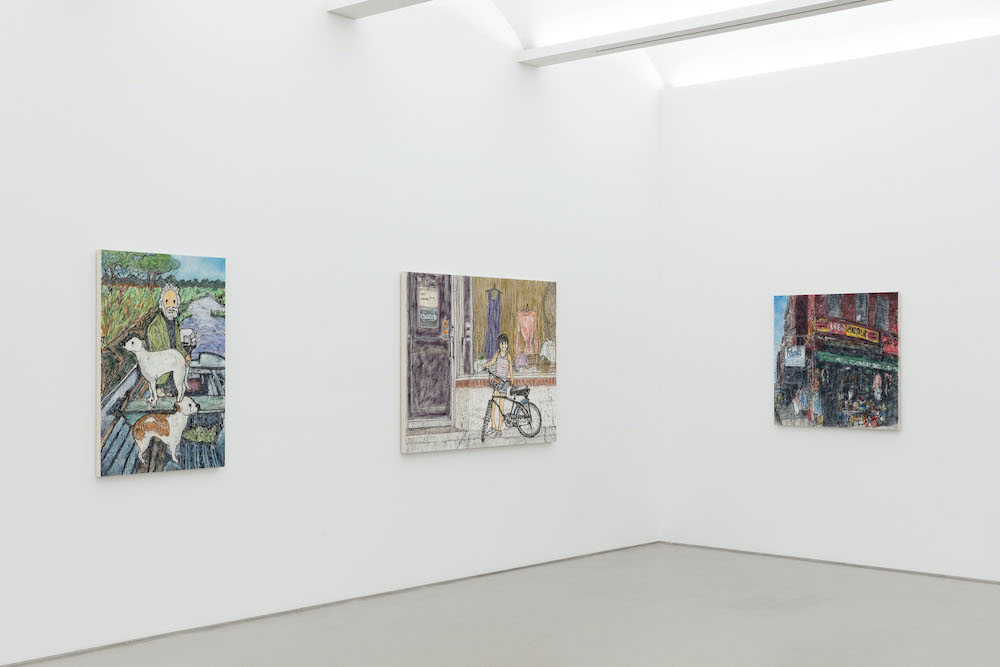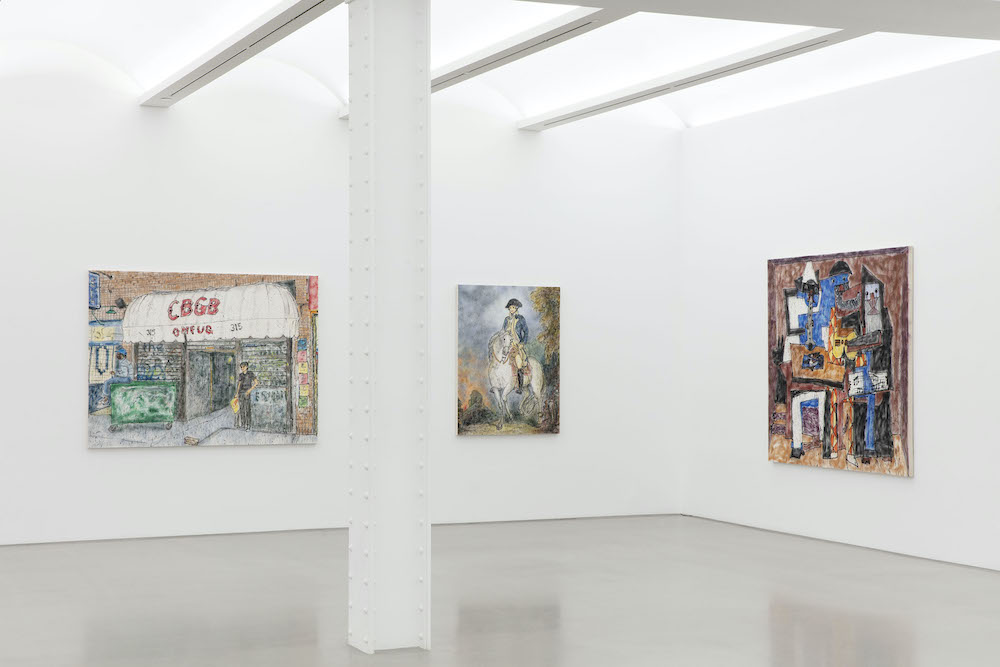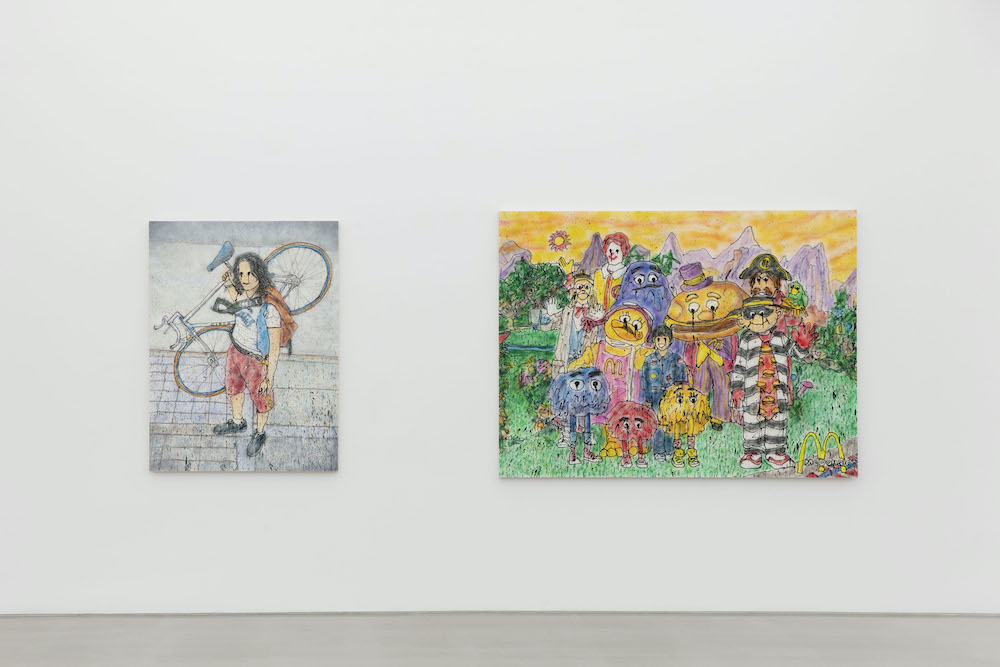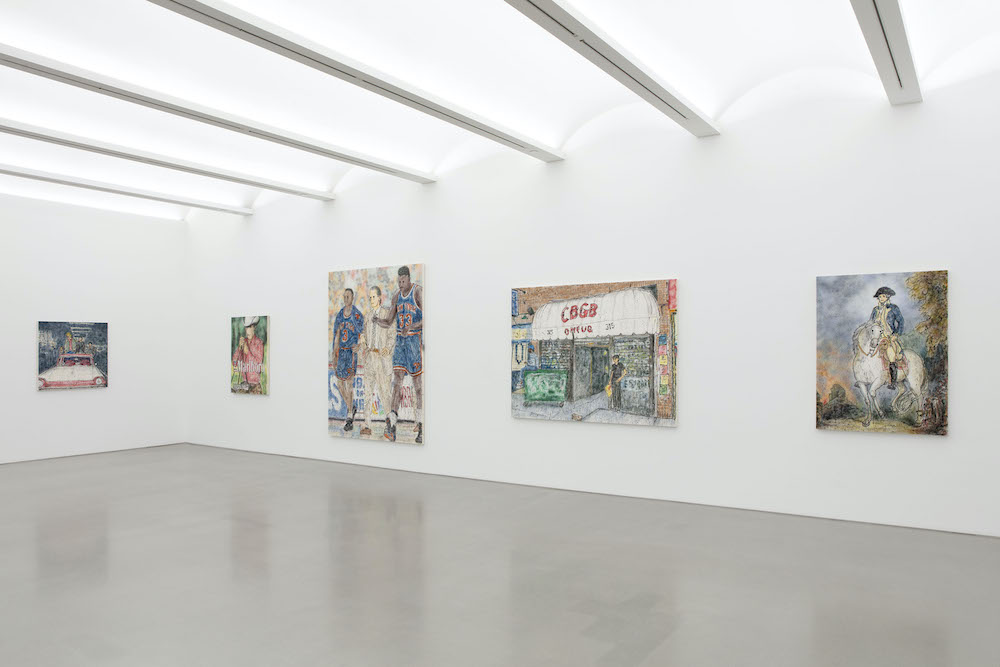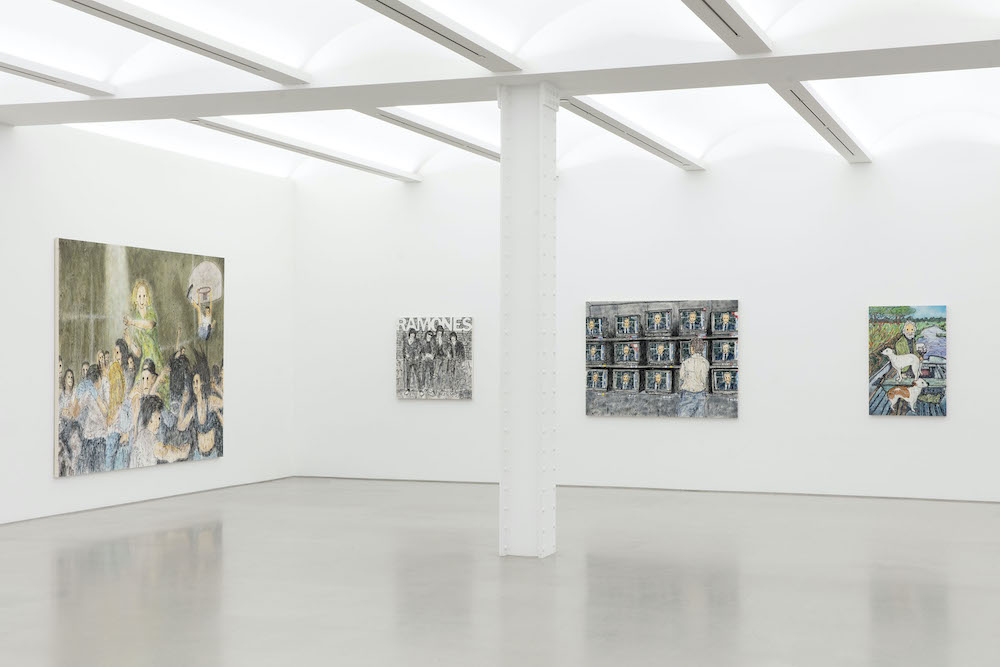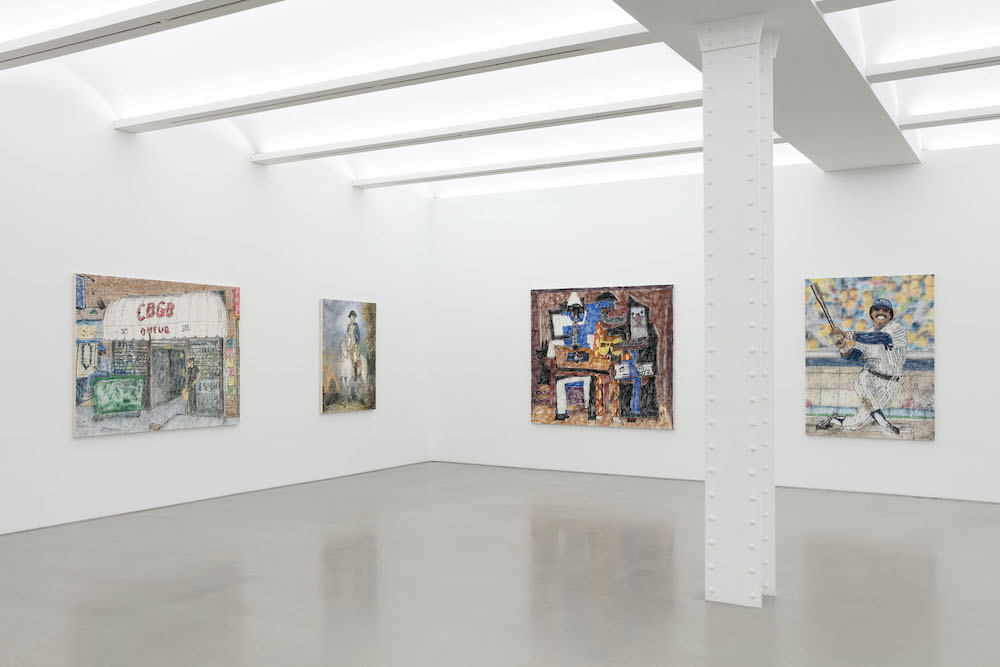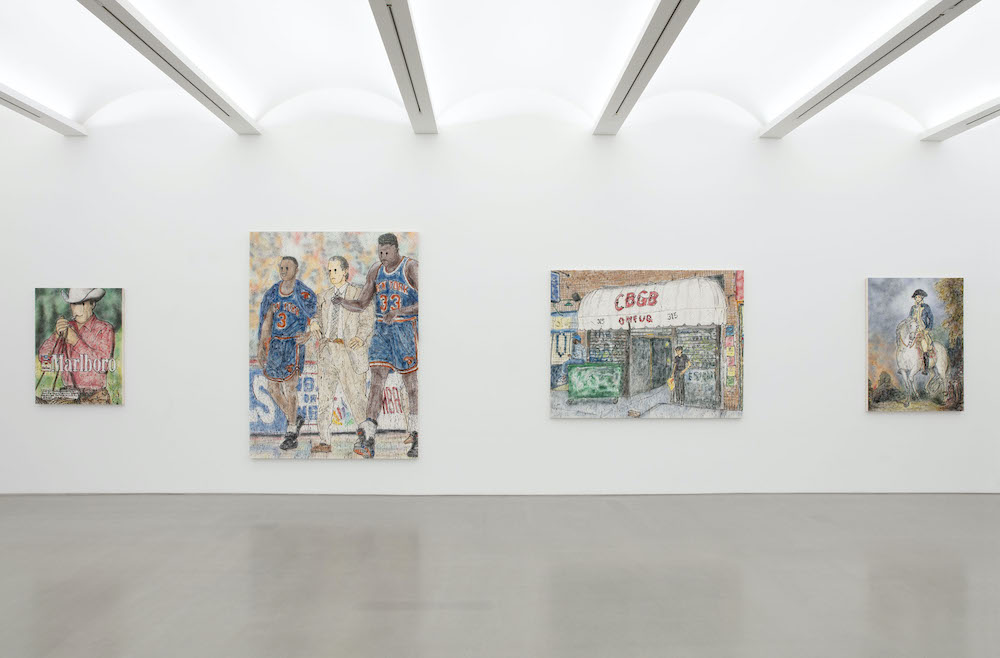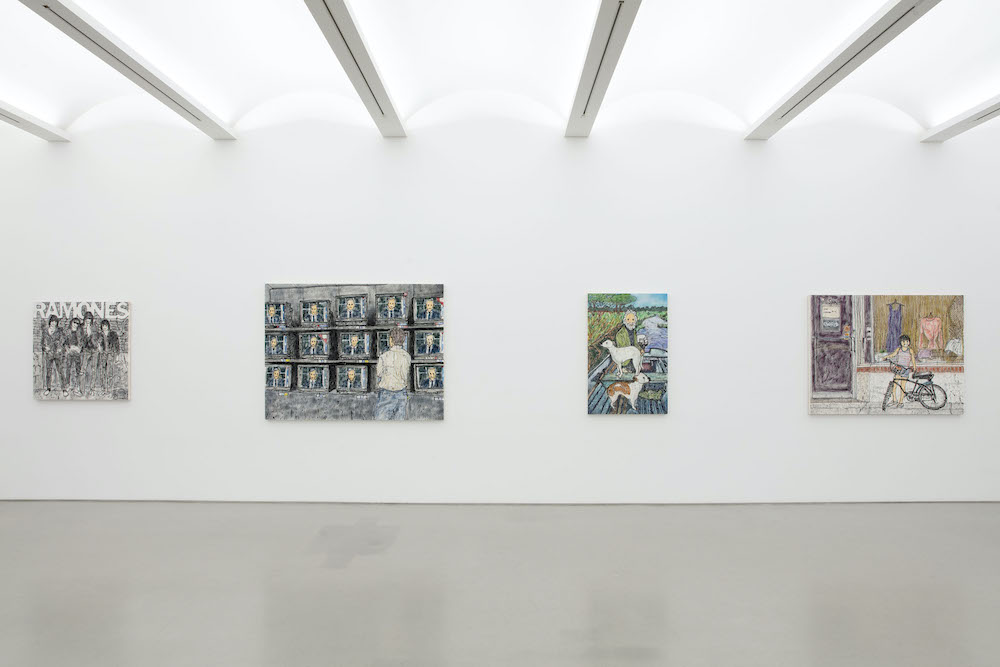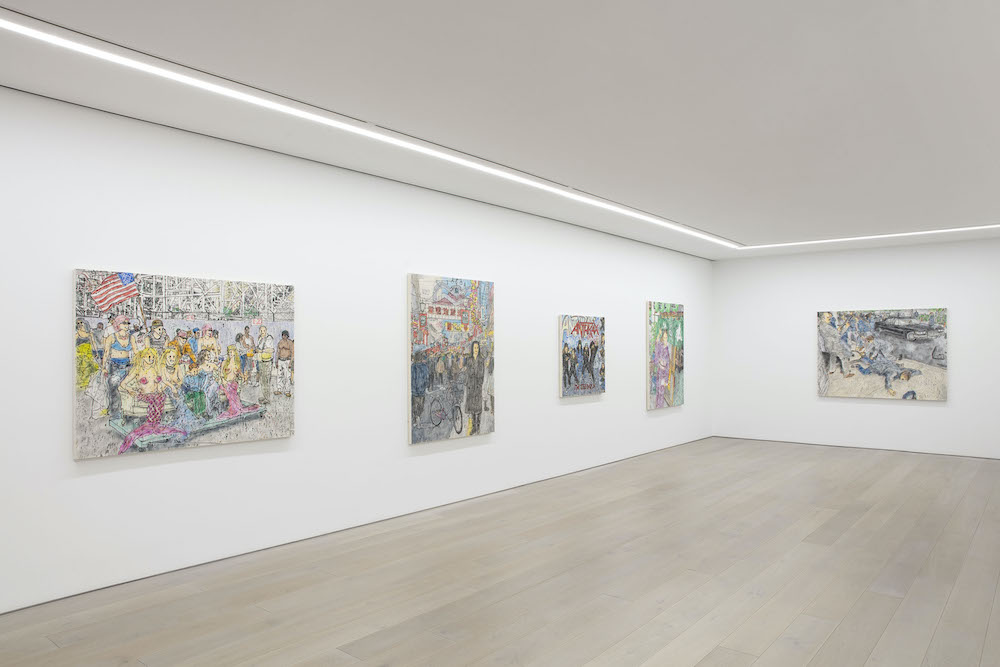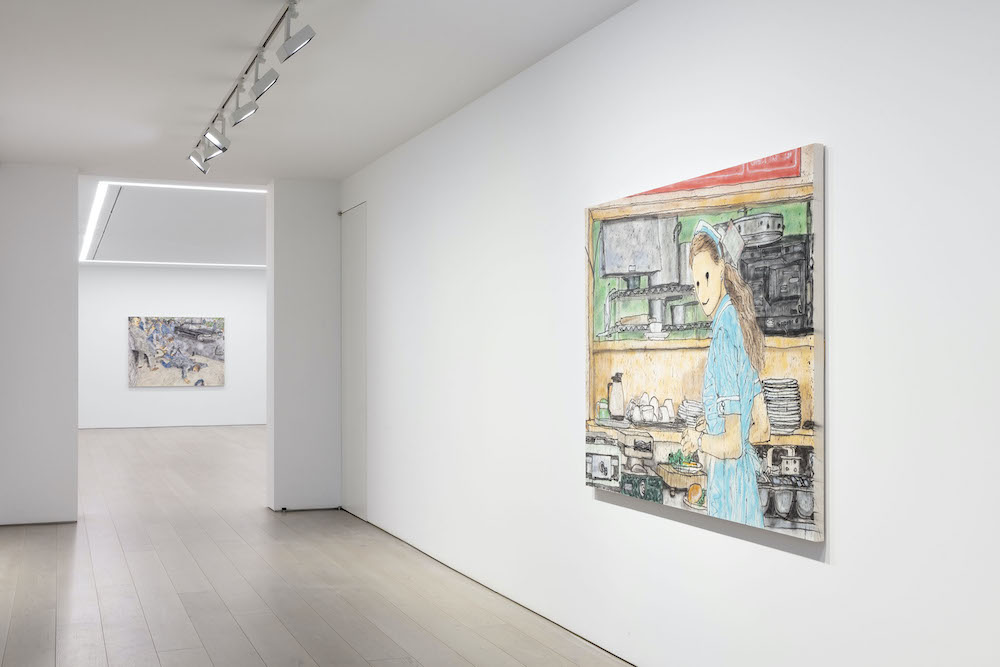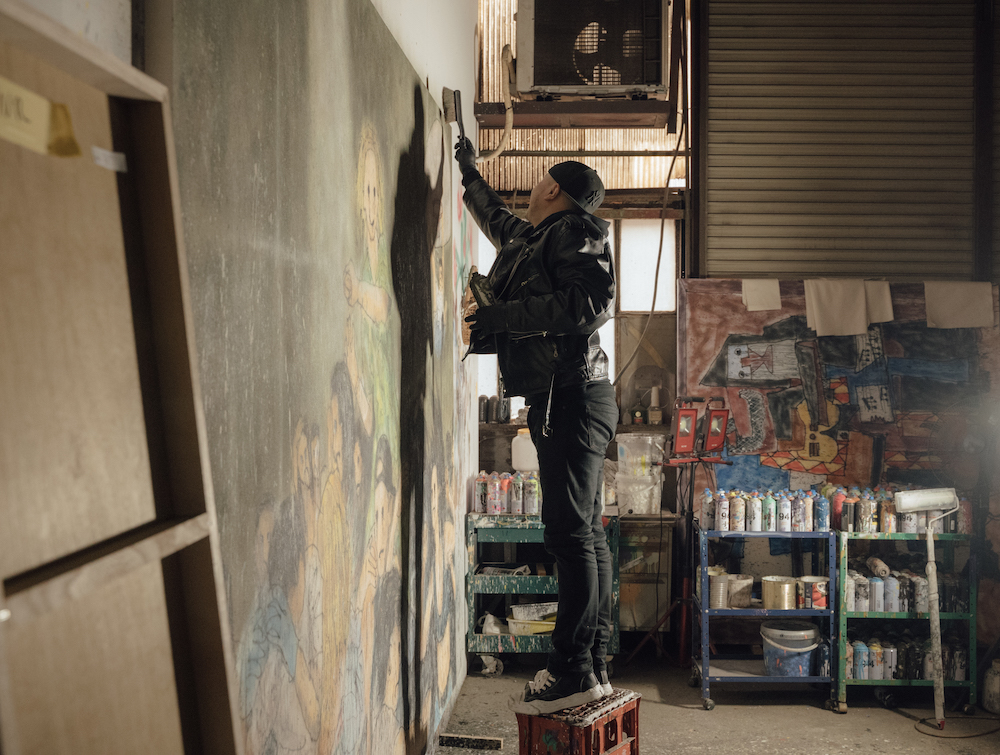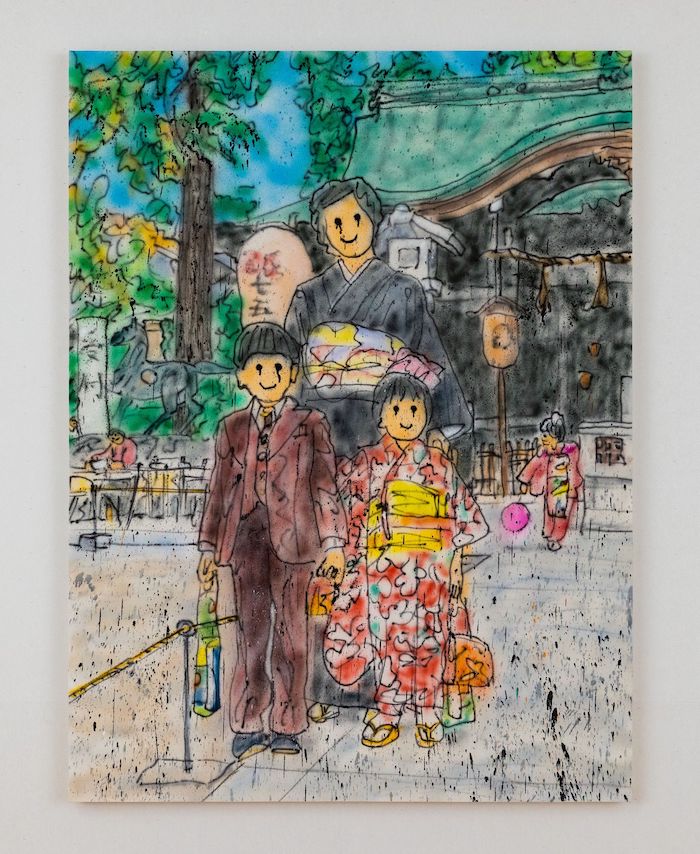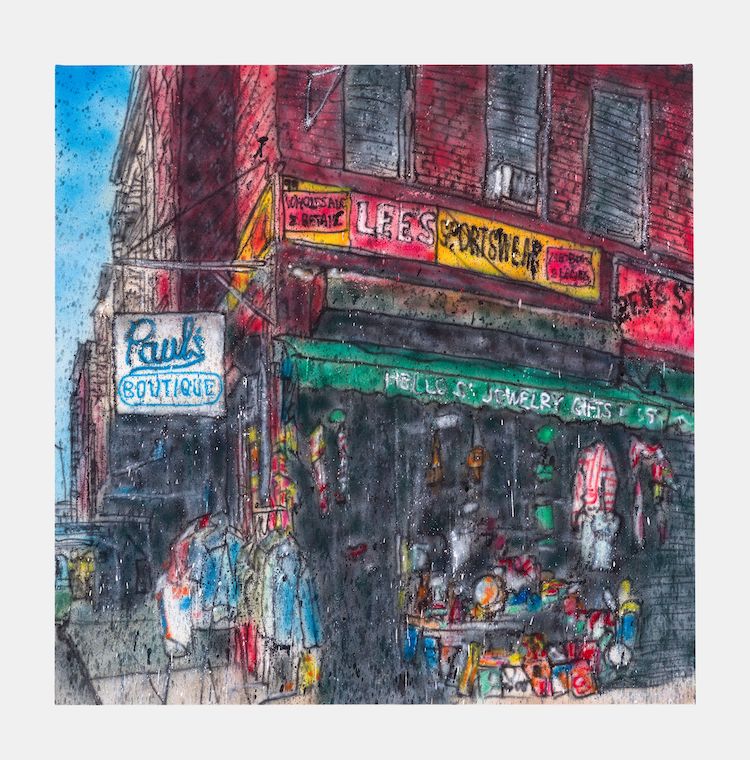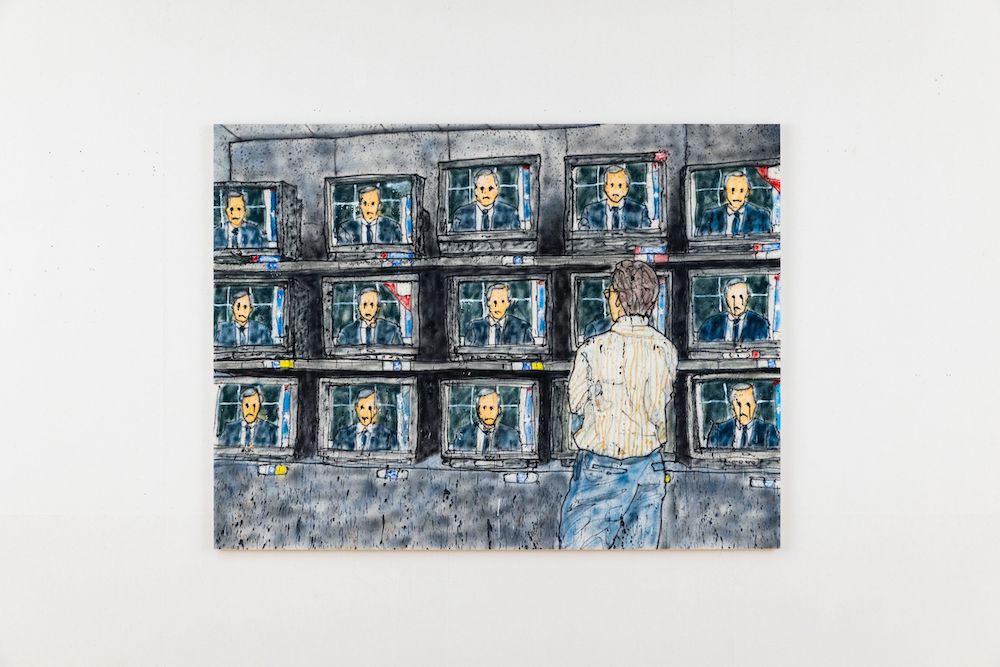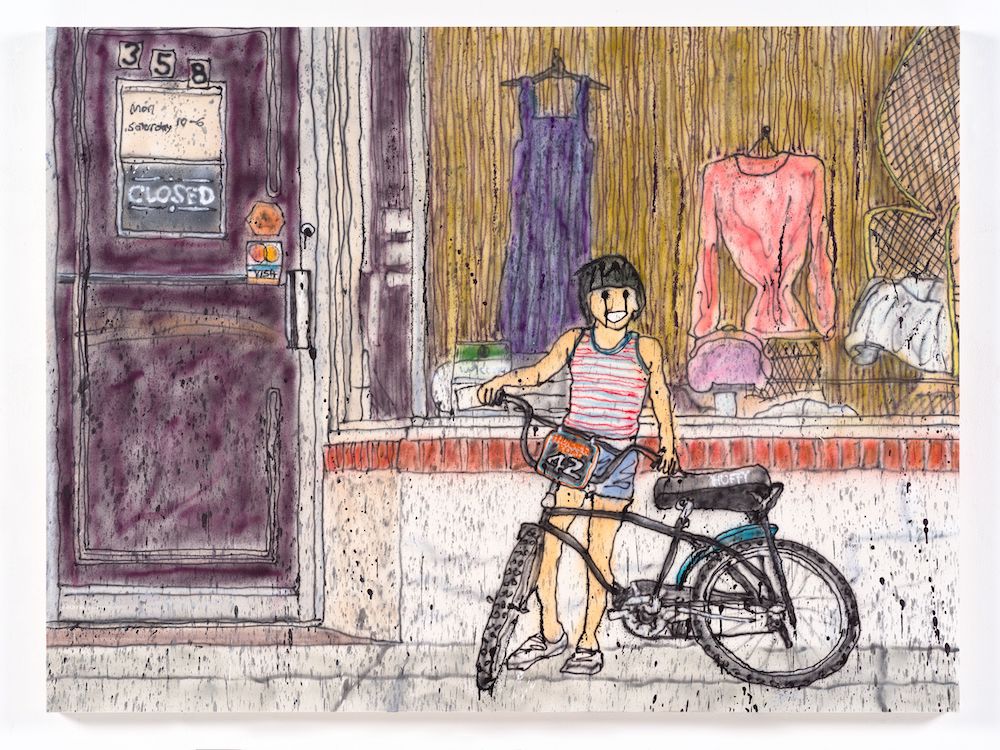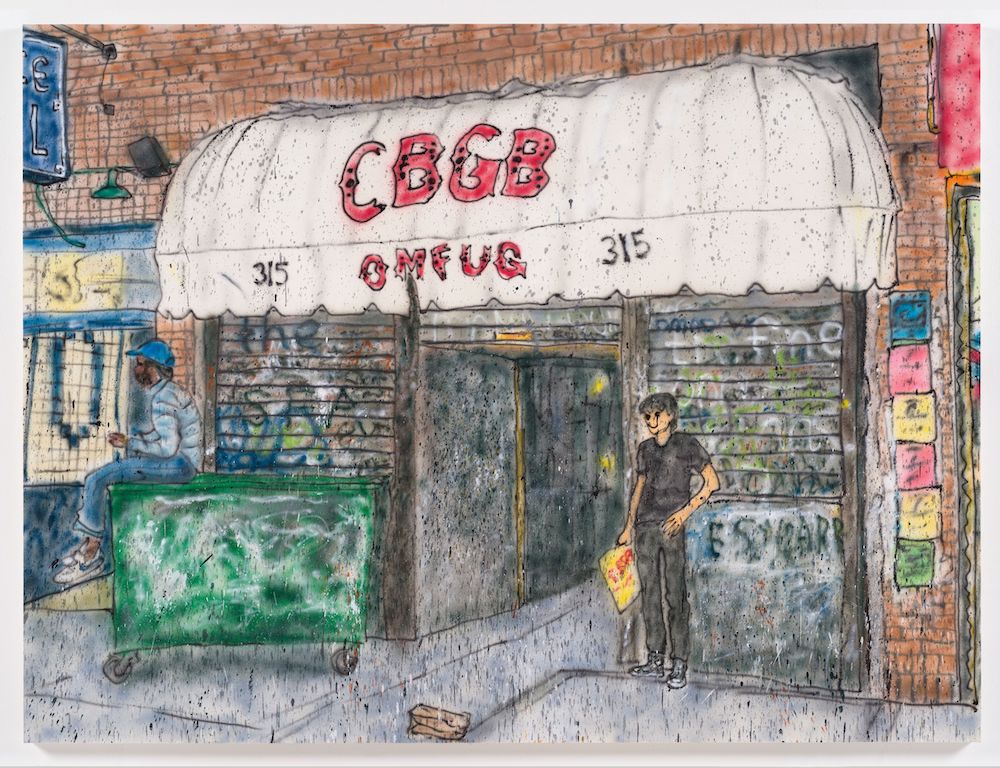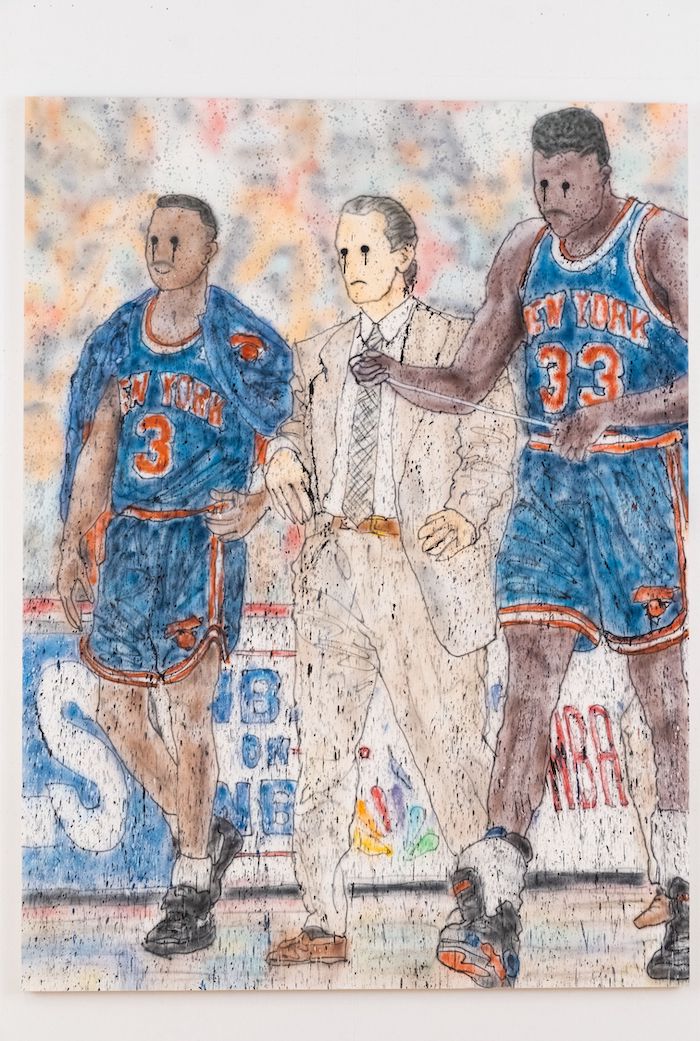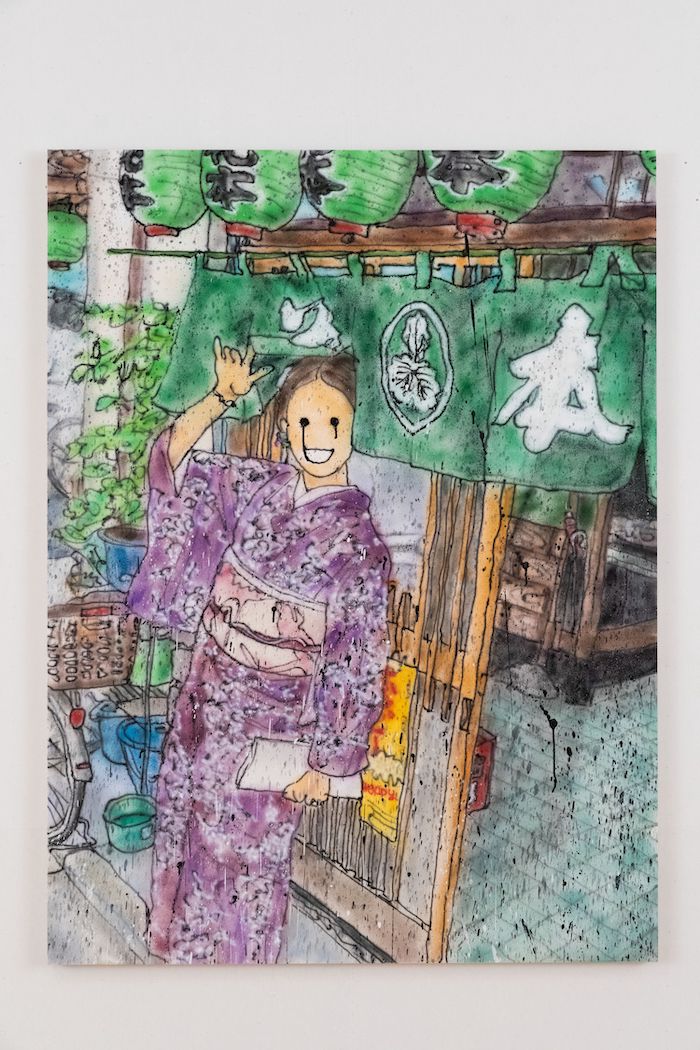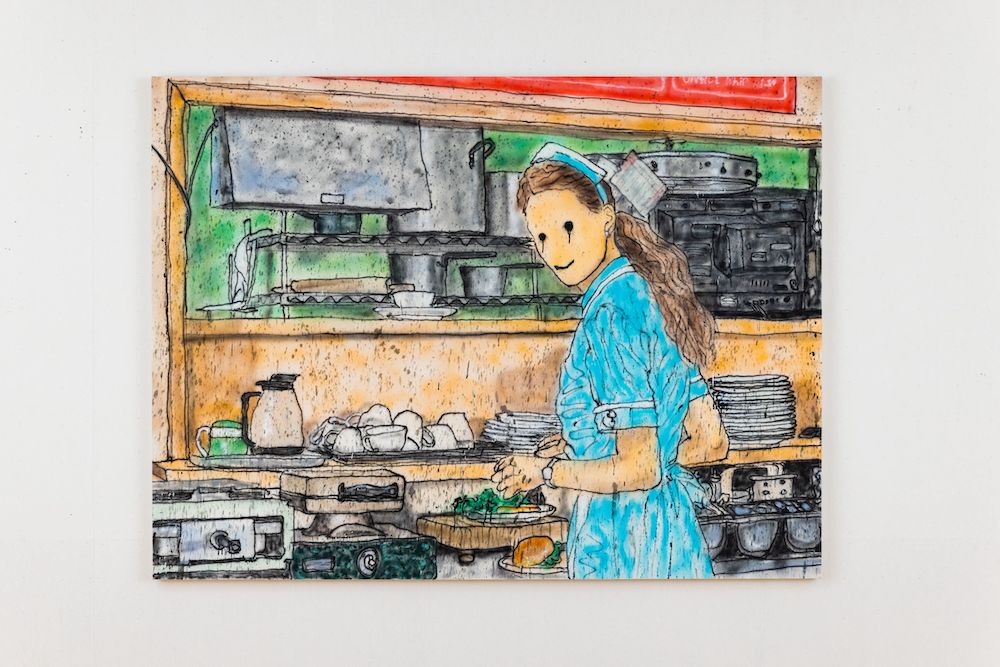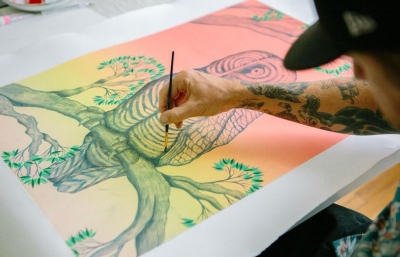When we first became introduced to MADSAKI’s work, he was gaining critical and cultural attention with his Wannabie’s series, crude, graffiti-like interpretations of classic and famed artworks from the history books. Your Renoirs, Jasper Johns, even Matisses. The effect of that series was to seriously break down our conceptions of what makes a Master, who controls our cultural capital and how we elevate artists to speak for our eras of existence. It was also a play on simply understanding the psyche and lexicon of art, and as a child of the 1980s and a child of immigration in America, MADSAKI was speaking for a generation of us—although we appreciated art for what it was, we were not invested or allowed to dictate the images that were thrust upon us to “stand the test of time.”
Of course, adolescence is a confusing time, no matter where you live or what culture you identify with. I often think about a conversation we had with Osaka-born, New Jersey raised artist MADSAKI when he spoke of his family's move from Japan to the East Coast of the U.S. He literally thought he could just… ride his bike back to Japan. Distance was just an abstraction to his young mind. The language and cultural barrier was clearly a hurdle, and although MADSAKI used art to gain acceptance amongst his peers, there was even an abstracted understanding of the burgeoning pop-culture appetite that was taking hold of America in the early 1980s. This almost fuzzy comprehension of Americana through the eyes of a kid from Japan, raised in the heart of Northern Jersey, has been at the core of MADSAKI’s work for years. He has traversed art history and pop through a lens almost messy and naive, yet so poignantly conceptual. Even in this almost intentional naivety, the work is a sophisticated look at the ways we understand culture and cultural immersion. Years ago, in a conversation in Juxtapoz, MADSAKI said, “You know me. I do stupid things with seriousness.” When we think of MADSAKI’s work, there is a tendency to go back to our grade school days and think of how our experiences within American pop culture were both fascinating and overwhelming. His recent collaboration with Mattel and the He Man and the Masters of the Universe series was both brilliant nostalgia and jarring subversion; a core trait of the best MADSAKI works.
This spring, MADSAKI returns to NYC for his first solo show in Manhattan, Hello Darkness, My Old Friend (I’ve come to talk with you again), on view at Perrotin, years after living in the city before returning to Japan. The show is a culmination of his “own diasporic experiences of both intense alienation and belonging,” as well as an incredible insight into our collective history of the iconic touchstones that have somehow been submerged into our consciousness. Although a deeply personal show, it makes clear that MADSAKI is also speaking to a larger theme of America’s long, tumultuous relationship with immigration, the blurred lines of humor and pain and a navigation of our memories of past trauma and triumph. —Evan Pricco



